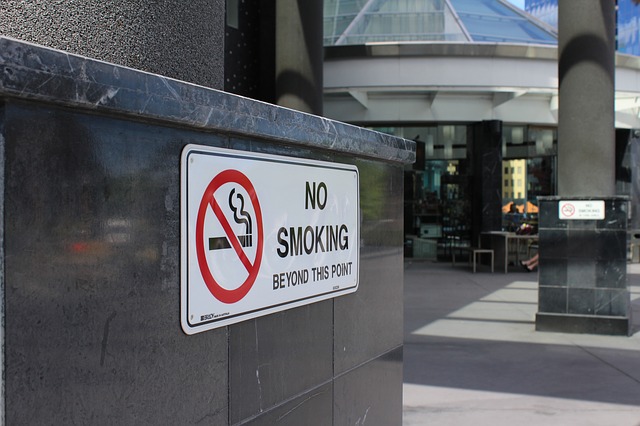The findings indicated that smoke‐free worksite laws were associated with significant reductions in both current smoking and vaping, as well as increases in the likelihood of smoking cessation.
On the other hand, adding vaping restrictions to smoke‐free worksite laws did not yield further reductions in recent vaping. Moreover it counteracted over half of the estimated association with current smoking relative to smoke‐free policies alone.
The study’s findings concur with prior research on smoke-free worksites and conventional cigarette use, indicating that setting in place no-smoking policies leads to significant reductions in current smoking among young adults (5 percentage points, or about 36% of the mean). Smoke free rules also led to an increase in past-year smoking cessation among those 26 to 54 years old (2.6 percentage points, or about 21% of the mean).
Vape-free rules found counterproductive
However, results also suggest that adding vape-free worksite restrictions may have muted the smoke-free law’s reduction in young adult smoking by over 50%, and a number of possible explanations have been offered to explain this phenomenon. “A variety of mechanisms might explain the latter relationship; for example, restricting vaping to the same extent as smoking may reduce smokers’ incentives to switch, leading some would-be-vapers to continue smoking instead,” said an article by Yale School of Public Health.
“The bulk of current evidence finds that smoking cigarettes is likely to be far more harmful than vaping nicotine. To promote public health, policymakers need to understand how tobacco control laws affect both of these behaviors,” said Yale School of Public Health Assistant Professor Abigail Friedman, who led the study.












